While digital coax audio cables are ideal for transmitting digital audio from one device to another, there are other methods you can use.
This article discusses when it’s best to use and how to convert it to other cable types.
Table of Contents
- What Does a Coaxial Digital Audio Cable Look Like?
- How Is a Coaxial Cable Wired?
- What are the Functions of Digital Coaxial Interconnection?
- Audio Formats That The Coaxial Digital Sound Connection Will Support
- Coax audio vs. optical audio: which to choose
- Coax audio vs. HDMI: which to choose
- Coax audio vs. RCA: which to choose
- Can you Lengthen a Coaxial Digital Cable?
- Can Digital Coaxial be Converted to An Optical Audio?
- How To Connect The Digital Output to The Amplifier RCA Input?
- Splitting Coaxial Digital and Sending It to Multiple Devices
- Is Coaxial Digital Convertible to RCA Analog Hi-Fi?
- How To Change A RCA Analog Hi-Fi to Coaxial Digital?
- Conclusion:
What Does a Coaxial Digital Audio Cable Look Like?
A coaxial digital cable has a male RCA jack on any of its ends. And unlike analog stereo audio, coaxial digital audio only requires one cable to transfer the signal.
One female RCA connector is commonly color-coded black or orange. However, this is not always the case, and you should always countercheck the connection’s label.
Your device might have a single output or input regarding whether it receives or sends audio.
The port is often labeled ‘coaxial’ but might be labeled ‘digital in’ or ‘digital out.’
As with RCA connections, the way you slide in the connector doesn’t matter; it’ll plug in despite its orientation.
It must fit tightly, so you’ll need to push it firmly.
How Is a Coaxial Cable Wired?
Primary internal components make up a digital coax audio cable. These include
- A copper-wire core
- A plastic insulator that’s capable of insulating electrically (dielectric)
- A metallic mesh that’s braided so that it can shield signals from electromagnetic interference
- External plastic coating, whose goal is to protect the cable’s interior
- An impedance of 75 ohms, which guarantees a signal transfer you can rely on
What are the Functions of Digital Coaxial Interconnection?
A coax digital audio cable relays Sony/Philips Digital Interface (S/PDIF) sound signals between connected devices.
The audio signals obtained the name S/PDIF from Sony/Philips as they pioneered this digital transmission.
Another connection that relays these audio signals is the optical digital sound interface.
Audio Formats That The Coaxial Digital Sound Connection Will Support
This audio connection works with DTS, uncompressed surround sound signals, and Dolby Digital. In addition, you can play the following soundtracks without issues:
- Dolby Digital
- DTS-ES Matrix
- EX Discrete 6.1
However, it’s worth noting that a coax digital connection doesn’t support multichannel Digital Plus, LPCM, and DTS: X Dolby Digital Plus or high-DEFI sounds such as Dolby TrueHD and DTS-HD Master Audio. Moreover, SACD and DVD-Audio are restricted because of licensing constraints.
You may find that 7.1 OTS (original soundtracks) play differently than you expect them to, as they are available only in formats that have a high resolution.
Always consult your player manual for more guidelines on handling unsupported formats relayed through coax output.
Most manuals recommend down-mixing the sound to stereo Pulse-Code Modulation as the solution. Furthermore, you may get an audio version with decreased resolution.
Coax audio vs. optical audio: which to choose
Often, you’ll find coax audio and optical digital connections lying side-by-side on some devices.
But on some devices, neither of the connections is. Does your device have both connections, and you’re wondering which one to use?
The connection that you opt to use depends on the connection that the other appliance you need to connect has.
You should mainly use digital coax cables instead of optical audio cables because the former is readily available and compatible with most devices.
So the chances of you having coax RCA are higher than the optical cable. Moreover, coax digital cables are relatively stronger than optical cables.
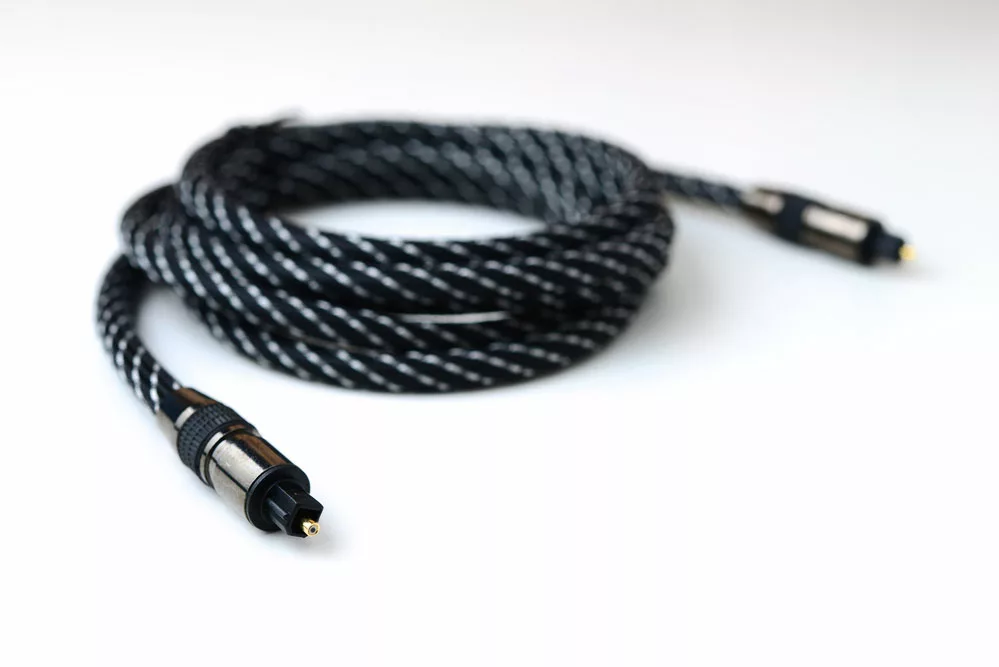
Optical audio cable
Coax audio vs. HDMI: which to choose
The HDMI connector is the best method of playing digital audio signals because it supports all audio signals.
Besides, HDMI cable allows you to relay audio and video signals in one connection making it highly efficient.
Coax digital audio cables are an excellent connection option if your device doesn’t have an HDMI port. A coax connection allows you to play standard stereo and 5.1 audio sounds.
Coax digital audio output relays various sound channels (multichannel) from a computer or DVD player to a surround sound system.
In addition, you can also use coax digital audio cables to send signals from the CD player straight to the amplifier.
Some TV models have two coax output ports at the back of the TV for sending signals to an AV receiver or amplifier. However, most modern TVs have optical outputs.
Use a coaxial digital audio connection if your devices support it. Alternatively, a converter works fine if your device doesn’t support a coax connection.
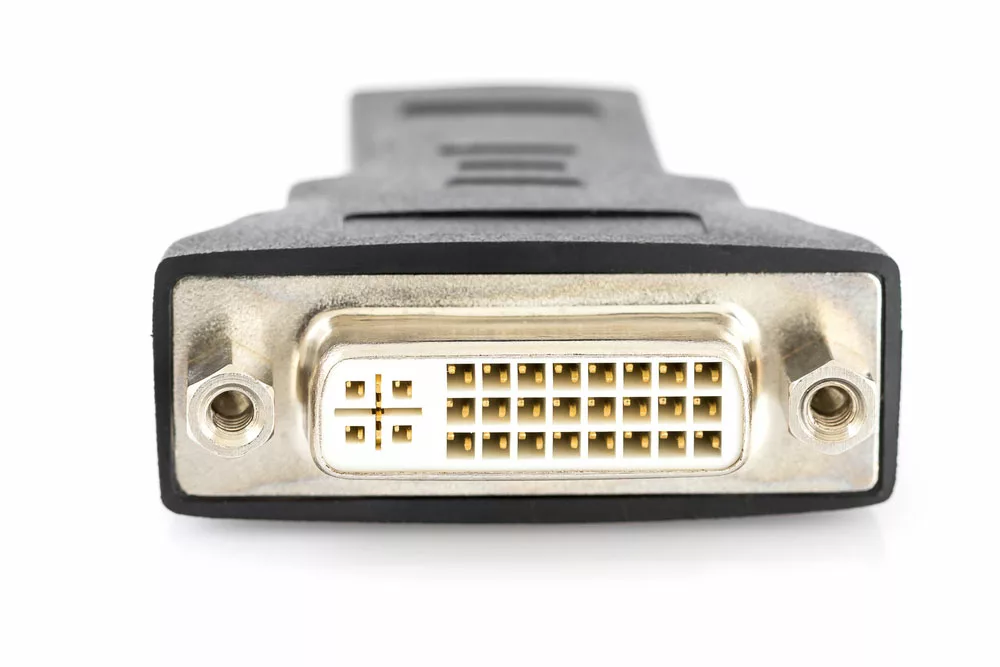
HDMI port
Coax audio vs. RCA: which to choose
Coax digital audio cables are advisable to reduce interference and transmission errors when relaying sound signals.
However, a composite video cable, such as an RCA cable, is available in your home.
But, use RCA cables as the last option.
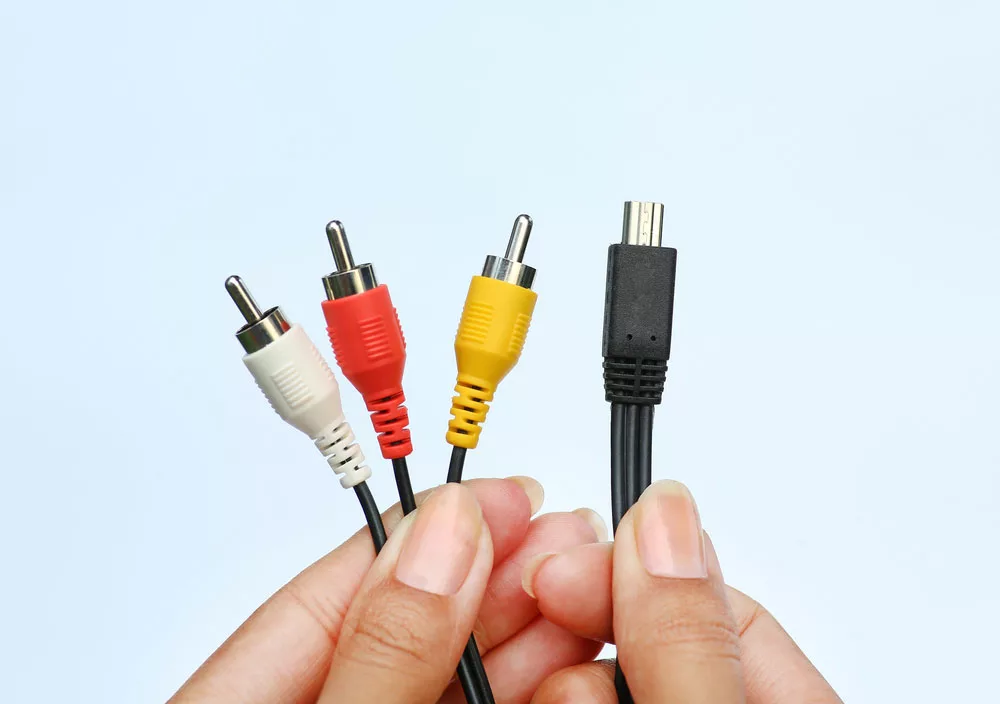
RCA cable
Can you Lengthen a Coaxial Digital Cable?
So, how should you handle a situation where you want to relay your signals for an extended distance, but your cable is too short? Is it possible to extend your coax digital audio cable’s length?
Yes, it’s a simple DIY process. Purchase a female-to-female adapter (coupler).
Get another coax cable to form a connection between the couplers. The next step is connecting both cables to the single coupler.
Does such a connection degrade your cable’s performance? There is little impact. However, longer cables may result in a drop in signals.
Can Digital Coaxial be Converted to An Optical Audio?
So, what if you connect a coax output to optical input? Is such a conversion even possible? It is possible to convert digital coaxial audio to optical audio and vice versa.
All you need to do is purchase a coax-to-optical converter to convert S/PDIF signals. Always purchase a two-way converter, as some converters only work one way.
How To Connect The Digital Output to The Amplifier RCA Input?
Most AV receivers and amplifiers are compatible with coaxial RCA digital sound inputs. These devices receive digital signals from sources such as DVD players and TVs.
Can you connect digital audio to RCA on your amplifier? It depends on your source device’s digital audio output.
Use the following procedure to connect a digital audio RCA output to an RCA input.
- Get an RCA coaxial digital cable with an impedance of 75 ohms and connect it from your TV’s or DVD’s output port.
- Connect it to your amplifier’s input port, and you’re ready.
But connecting an optical digital audio output to an RCA input is more complicated.
- You connect an optical output with the optical input in an ideal situation.
- However, you must change the connection if the amplifier is compatible with a coaxial input.
- You need to get optical to the coaxial converter and connect the cable from the optical digital output to the optical input of the converter.
- The next step is connecting your RCA output to an amplifier using the coax digital cable.
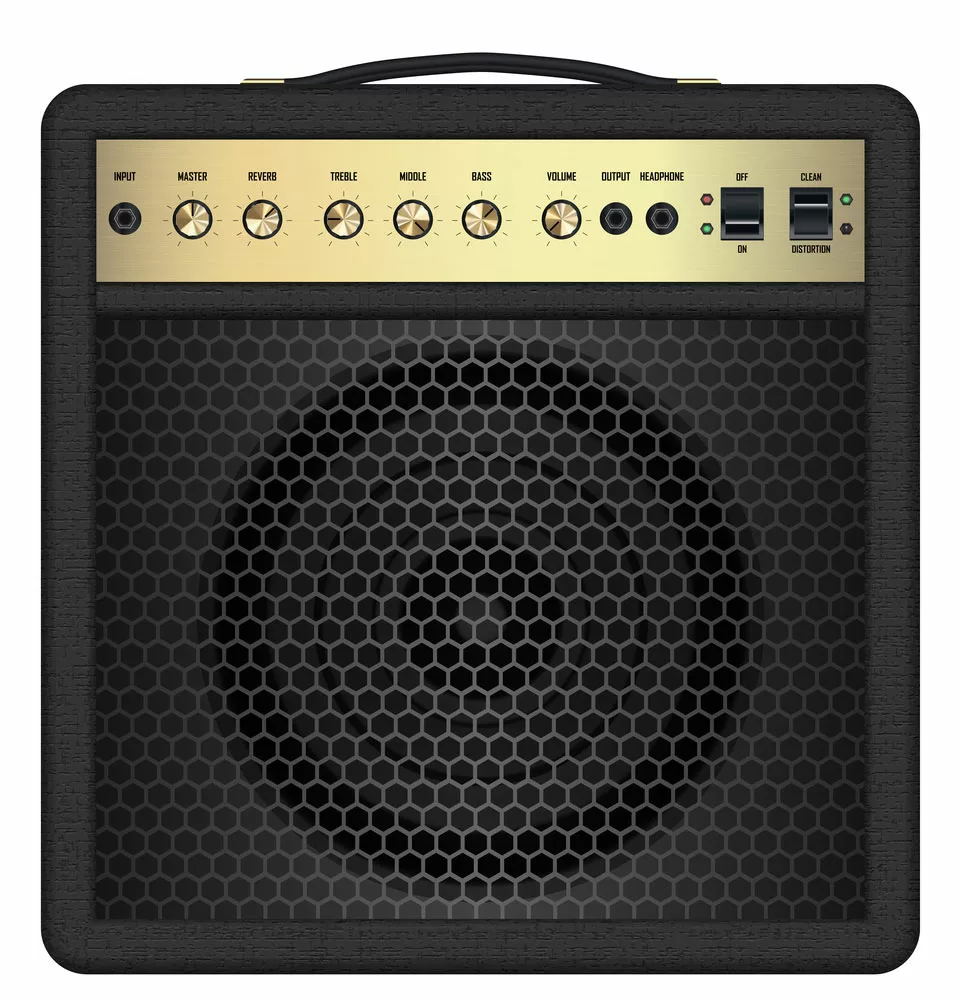
An amplifier
Splitting Coaxial Digital and Sending It to Multiple Devices
Sometimes, you may need to relay audio signals from a single source to two playback devices. The good news is that you can purchase a two-female RCA connection to relay audio into different input devices.
Is Coaxial Digital Convertible to RCA Analog Hi-Fi?
A situation may arise where you own a digital coax output on a player, but the amplifier is compatible with RCA input only. How can you listen to the sound from the movie on the speakers?
You’ll need the coaxial digital sound-to-analog RCA converter to help you convert digital signals to analog.
How To Change A RCA Analog Hi-Fi to Coaxial Digital?
You may also need to relay analog sound signals into digital sound input. For instance, you might own an old-school tape deck compatible with analog outs only, but you need to play it on a sound bar with coax digital audio input.
The solution is to purchase the analog RCA-digital coaxial sound converter. Connect the analog output from the stereo to the convert and a digital coax cable output to the soundbar.
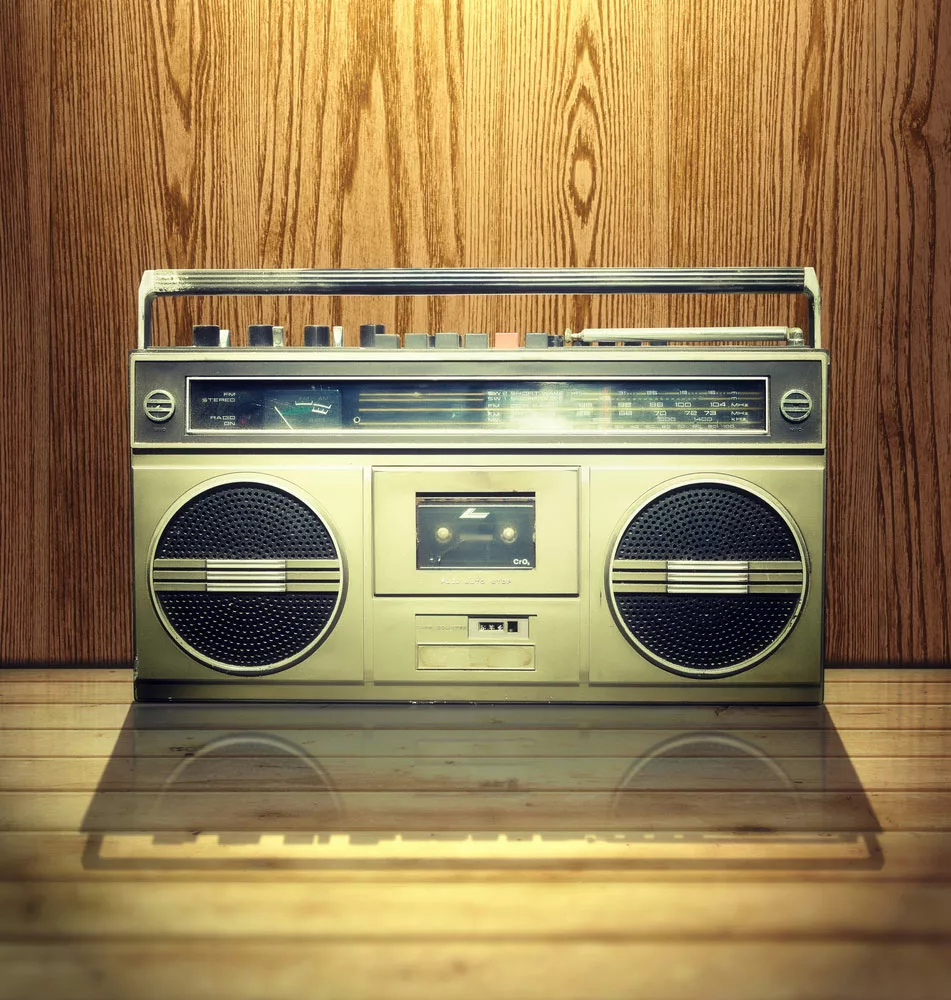
old-school tape deck compatible only with analog outs
Conclusion:
Almost everything is possible with technology. You can convert your sound signals to any format that meets your device’s needs.
You need to get the correct cables and audio converters, where necessary, and you’re ready to go.
